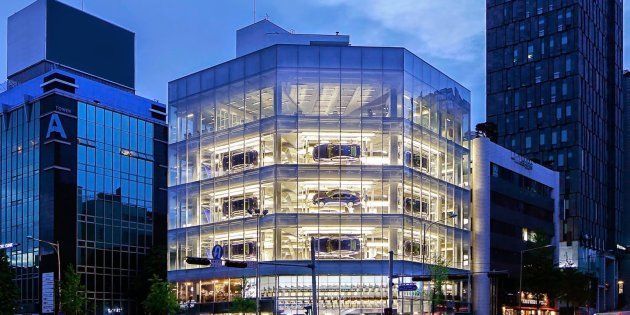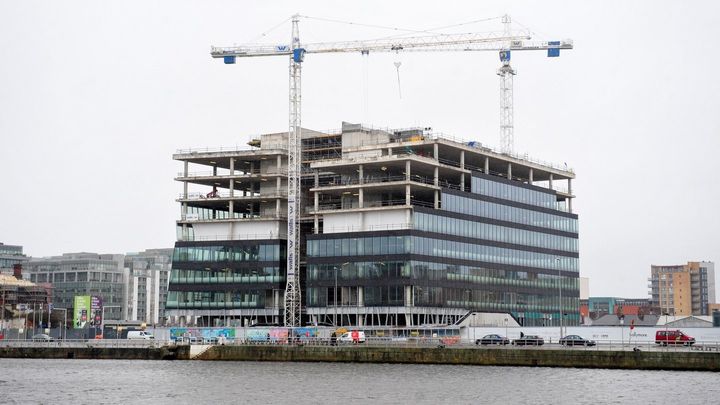
In April, Standard and Poor's downgraded South Africa's credit outlook to BB Plus – also known as junk status. Soon after, Fitch Ratings followed by cutting our credit status to sub-investment grade. But, South Africa has company in the 'junk status club'. Over the last three decades, S&P, Fitch and Moody's have relegated 15 countries to the trash heap. On average, economists say, it takes seven years for a country to recover to a positive outlook. But, there are outliers. Here, look at three countries that recovered within three years or less.

Republic of Ireland
When: 2010 – 2013
What: Global recession and the collapse of the local housing market.
Austerity measures helped Ireland get back from the financial brink.
Moody's downgraded Ireland to junk status in 2011, making it the first European Union country to enter into a recession following the 2008 global financial crisis. Local factors played their part in sinking the economy, according to Bloomberg reports: the real-estate bubble burst, which called for the 64 billion Euro bank bail out. Ireland found itself 'effectively locked out of international credit markets', the BBC reported and, in 2010, it needed a serious loan from the EU, the European Central Bank and IMF. It took the 67.5 billion Euro boost and committed itself to austerity. Soon after, economists were dubbing the country the 'Celtic Phoenix' and, due to strong growth in the construction sector, a weak Euro, which made exports cheaper, and the commitment of multinational investment, it was able to exit the EU bail out in 2013. By 2014, Bloomberg reports, the economy as one of the fastest growing in the EU, at 4.8%.

South Korea
When: 1997 – 1999
What: The Asian Financial Crisis of 1997 and a failing banking system led to a recession.
Economic policy reforms and strong leadership helped South Korea navigate its crisis.
South Korea managed to turn its economic outlook around in just two years. In 1997, currency speculators attacked the country and its weak banking system went bust. 'The Korean banking system was privatised and liberalised, but it has also been inadequately regulated and supervised,' wrote Irma Adelman and Song Byung Nak in their Berkeley University paper on the Korean economy. By November 1997, South Korea needed a $58.4 billion loan from the IMF to keep running. The country took to the task of reforming its economy, and dismantled not only banks, but put pressure on huge, inefficient conglomerates. According to the New York Times, President Kim Dae Jung 'ordered [conglomerates] to restructure, reduce debt levels, stop guaranteeing debts of affiliates, and focus themselves on key businesses while getting rid of unrelated ventures'. President Kim also lured foreign investors with tax incentives, subsidies and less red tape. By early 1999, the Korean economy was growing and, in December 1999, President Kim declared the financial crisis over.

Iceland
When: 2008 - 2011
What: The economic crisis of 2008 hit Iceland especially hard due to a reckless banking sector.
Austerity measures and political change were vital for Iceland's recovery.
Reckless banks were central to the Icelandic financial crisis – so bloated were they, that, once they failed, the government couldn't afford to bail them out. Foreign debt skyrocketed, unemployment shot up to 10% and Iceland was on the junk heap. The IMF and Iceland's Scandinavian neighbours came to its rescue, issuing a $4,6 billion loan. The Washington Post reported that the country took drastic measures to recover: 'It let its banks fail, it let its currency collapse, and it implemented capital controls--limits on people taking money out of the financial system.' This stabilised the currency and kept inflation under control. The government also nationalised the banks that caused the financial crisis and diversified the economy into renewable energy. Economist Alan Shipman wrote that the Icelandic people also sought political solutions to the crisis. It voted in a new government (Social Democrats and the Green Party), and then voted in another new government (Independence Party and Progressives). By mid-2012, Iceland had two years of economic growth.
This content was brought to you by Standard Bank. Interested in securing your finances? Invest in a Fixed Deposit today.